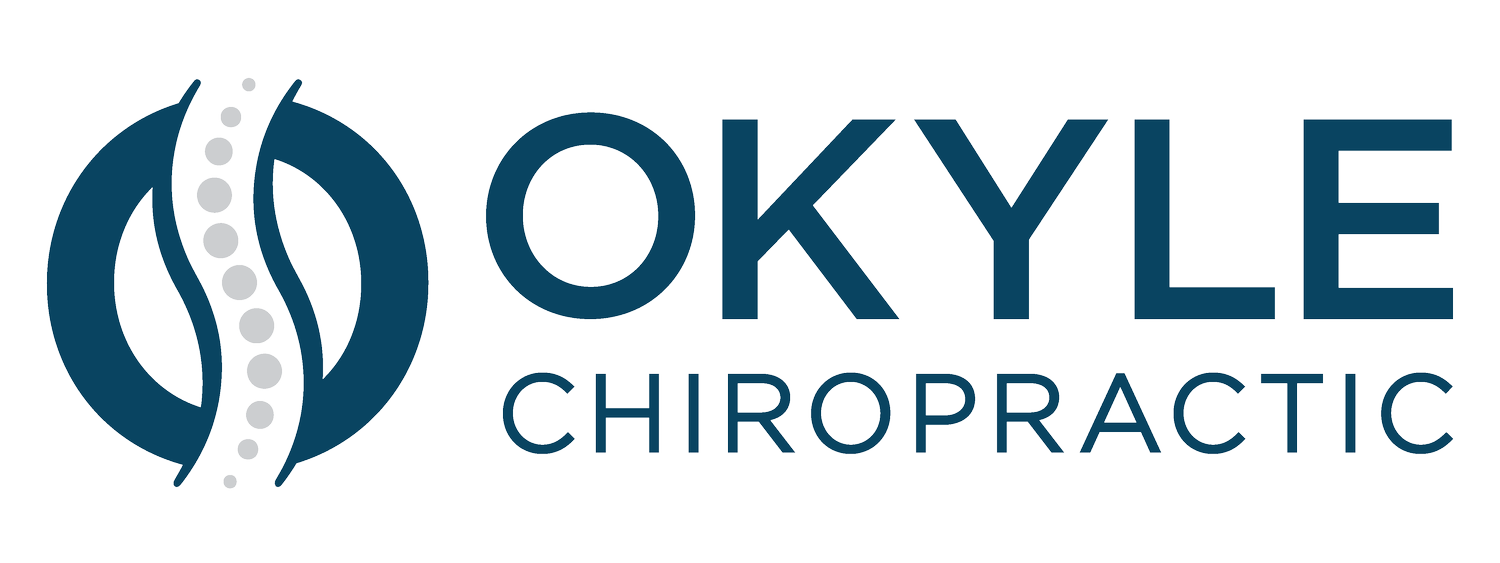WHY YOUR MUSCLES MIGHT BE CAUSING YOU PAIN - NOT YOUR SPINE
When you experience back pain, neck stiffness, or joint discomfort, it’s natural to assume the problem lies in your bones or spine. After all, those are the structures we often associate with posture and movement. But what if the pain you’re feeling isn’t coming from your spine at all? In many cases, tight, imbalanced, or overworked muscles are actually to blame.
Muscles Do More Than Move Us
Muscles play a central role in how our bodies function. They stabilize our joints, maintain our posture, and allow us to move freely. But they can also become tight, strained, or inflamed—especially with poor posture, repetitive movements, long periods of sitting, or lack of strength in key areas.
When this happens, muscles can:
Pull bones and joints slightly out of position
Compress nerves and restrict blood flow
Create tension that radiates to nearby areas
Mimic joint pain or even make it worse
For example:
Tight hip flexors can tilt your pelvis forward, straining your lower back.
Tension in your neck muscles can lead to headaches.
Weak glutes or hamstrings can shift stress to your knees and/or back.
Overworked shoulder muscles can limit range of motion and lead to pain that feels like it’s in the joint.
It’s easy to confuse muscle pain with spinal or joint issues because the symptoms can feel so similar. Muscle knots (also called trigger points) often refer pain to other areas of the body. That aching pain near your spine might actually be coming from muscles that are tight or compensating for another weak area.
This is one reason why some people continue to feel pain even after getting adjusted or taking medication. If the underlying muscle imbalance isn’t addressed, the body keeps falling into the same patterns—and the pain keeps coming back.
What Can You Do About It?
The good news is, most muscle-related pain can be improved with the right combination of awareness, movement, and self-care. Here are a few tips:
Stretch the right muscles – Target areas that tend to get tight, like the chest, hip flexors, hamstrings, and calves.
Strengthen supporting muscles – Weak core or glute muscles can place extra stress on your spine and joints.
Improve your posture – Especially during activities like sitting, driving, or using your phone.
Move more throughout the day – Avoid staying in one position for long periods.
Listen to your body – Sharp or persistent pain is a sign something isn’t right. Don’t ignore it.
If you’re dealing with ongoing pain that doesn’t seem to go away—or that keeps coming back—it might be time to take a closer look at your muscles. A professional trained in movement and soft tissue health can help you identify and treat the true source of the problem.
Understanding that muscles play a huge role in how we feel is a powerful first step toward long-term relief. It’s not always about the spine—sometimes, it’s the muscles behind the scenes doing all the work (and causing all the trouble).
Any questions? Feel free to reach out to our office via phone or text: (310) 880-9663. Happy healing!
Disclaimer: The information provided on this chiropractic blog is for general informational purposes only and is not intended as a substitute for professional medical advice, diagnosis, or treatment. Always seek the advice of your physician or another qualified health provider with any questions you may have regarding a medical condition. Never disregard professional medical advice or delay in seeking it because of something you have read on this blog. If you think you may have a medical emergency, call your doctor or 911 immediately. Reliance on any information provided by this blog is solely at your own risk.
